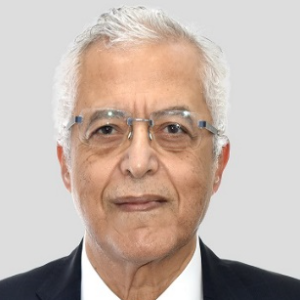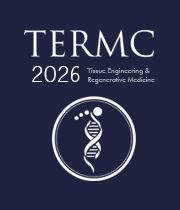Tissue Engineering
Designing biological substitutes capable of restoring, maintaining, or improving tissue function has become a critical objective in modern biomedical research. Tissue engineering serves as the convergence point for material science, molecular biology, and clinical application. With scaffolds playing a pivotal role, the selection of biodegradable polymers and bioactive hydrogels directly influences tissue compatibility and integration. In recent years, decellularized matrices and 3D bioprinting have expanded the possibilities for constructing vascularized and functional tissues. Strategies now focus on mimicking native extracellular matrices and leveraging stem cell-derived organoids to replicate physiological complexity. Whether repairing bone defects or developing liver patches, breakthroughs in tissue engineering are paving the way for next-generation therapeutics and personalized medicine solutions that align with patient-specific needs.

Nagy Habib
Imperial College London, United Kingdom
Lucie Bacakova
Institute of Physiology of the Czech Academy of Sciences, Czech Republic



Title : AI-integrated high-throughput tissue-chip for space-based biomanufacturing applications
Kunal Mitra, Florida Tech, United States
Title : Stem cell technologies to integrate biodesign related tissue engineering within the frame of cell based regenerative medicine: towards the preventive therapeutic and rehabilitative resources and benefits
Sergey Suchkov, N.D. Zelinskii Institute for Organic Chemistry of the Russian Academy of Sciences, Russian Federation
Title : In vitro evaluation of lyophilized Dedifferentiated Fat cells (DFAT) impregnated artificial dermis
Kazutaka Soejima, Nihon University, School of Medicine, Japan
Title :
Nagy Habib, Imperial College London, United Kingdom
Title :
Alexander Seifalian, Nanotechnology & Regenerative Medicine Commercialisation Centre, United Kingdom
Title : The regenerative medicine of the future
Marco Polettini, DVM, Italy